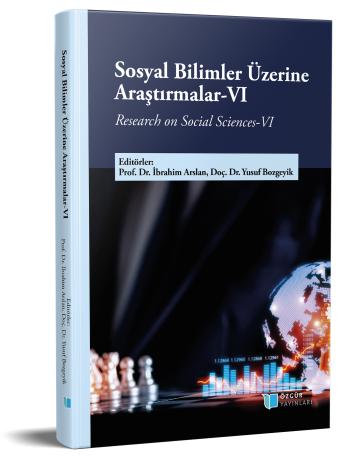
Türkiye’de Medyanın Oligopolleşmesi: Demirören Holding Örneği
Şu kitabın bölümü:
Arslan,
İ.
&
Bozgeyik,
Y.
(eds.)
2023.
Sosyal Bilimler Üzerine Araştırmalar- VI.
Özet
Cumhuriyet tarihi boyunca medya kuruluşlarının iktidarlardan tam olarak bağımsız hareket etmediği önemli bir tartışma konusu olmuştur. 1980'lerden itibaren yaşanan siyasal ve ekonomik gelişmeler iktidar-medya ve iktidar-sermaye ilişkilerini farklı bir evreye taşımıştır. Maliyetlerin artmasıyla birlikte medya kuruluşları sermaye gruplarının eline geçmeye başlamıştır. Gazetelerdeki sahiplik yapısının değişimi olarak değerlendirilen bu dönemde iktidar, medya ve sermaye ilişkilerinin medya haber içeriklerini etkilediği görülmektedir. Asil Nadir’in medya piyasasına girmesiyle başlayan sürecin ardından sermaye grupları medyanın gücünü kullanmak, siyasal alanda etkili olmak amacıyla sektöre girmiş ya da var olan medya organlarını satın alarak holdingleşme sürecini hızlandırmıştır. Diğer yandan, siyasal döngünün yarattığı değişimler ve medyanın sahiplik yapısından kaynaklı ideolijik yanlılıklar, haber içeriklerini şekillendirmektedir. Bu bağlamda, Doğan Medya’nın Demirören Grubu’na satışı medya tarihi için önemli bir değişimin başlangıcı olarak görülmektedir. Medyada sahiplik yapısının değişmesi, dolayısıyla gazeteci kökenli bir yapıdan uzaklaşarak holdingleşen bir yapıya dönüşmesi ve beraberinde getirdiği sorunlar çalışmanın temelini oluşturmaktadır. Eleştirel ekonomi politik bakış açısıyla hazırlanan bu makalede Türkiye’de medyanın oligopollaşmesi Demirören Holding örneklemi üzerinden açıklanmaya çalışılmıştır.

